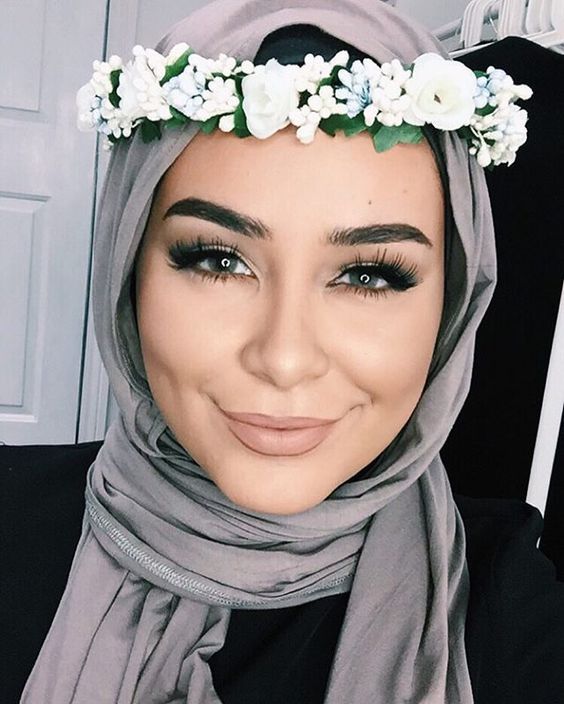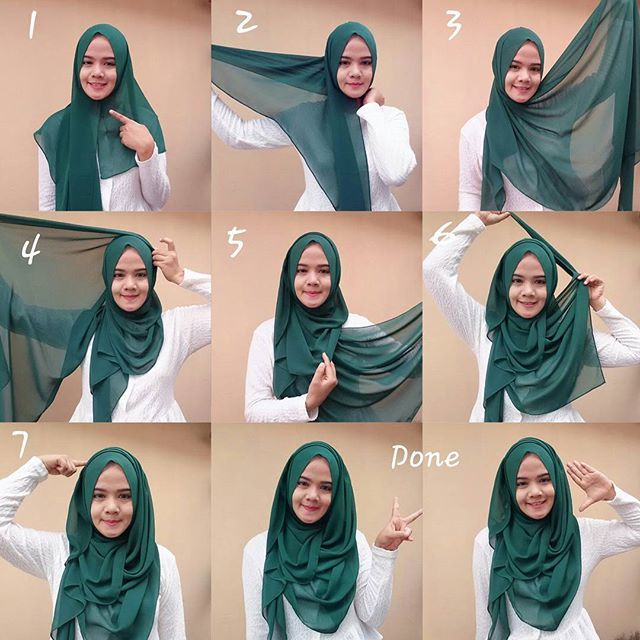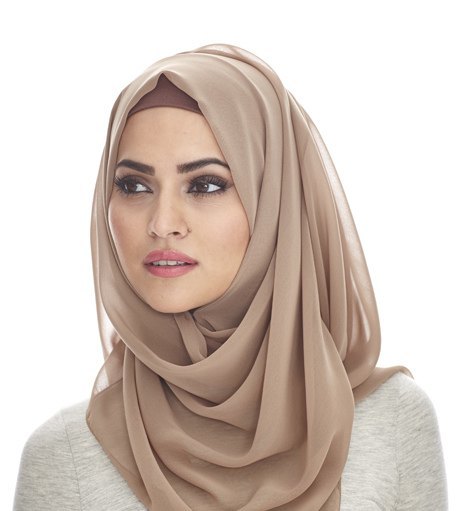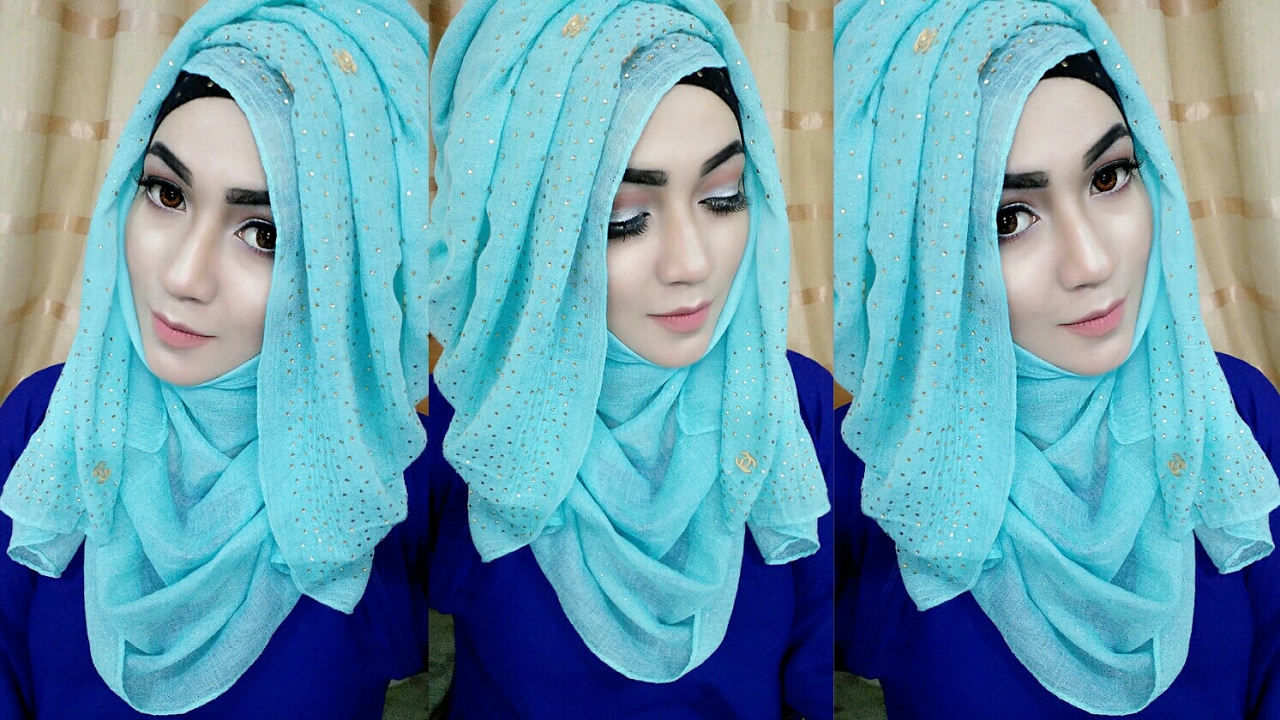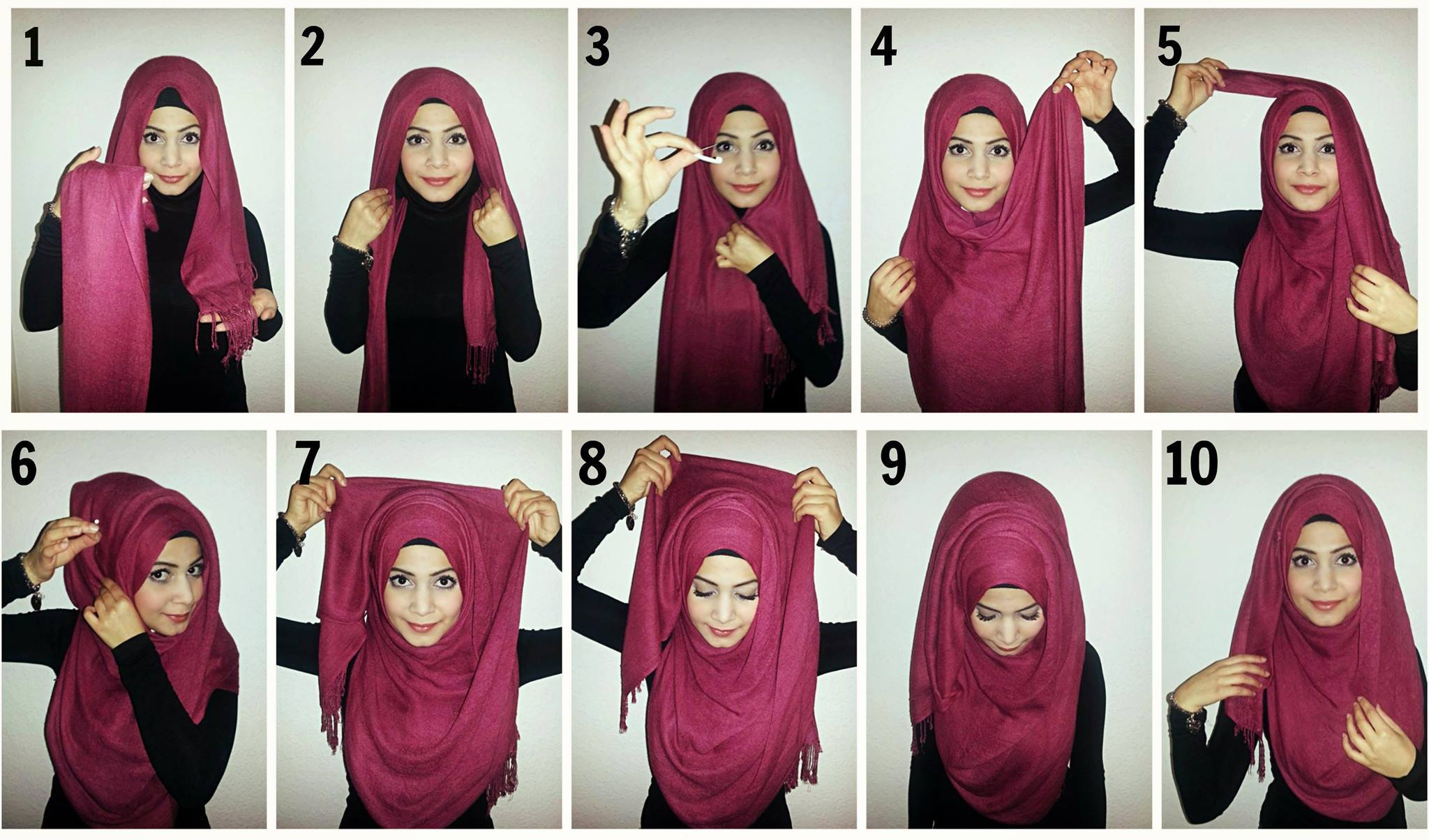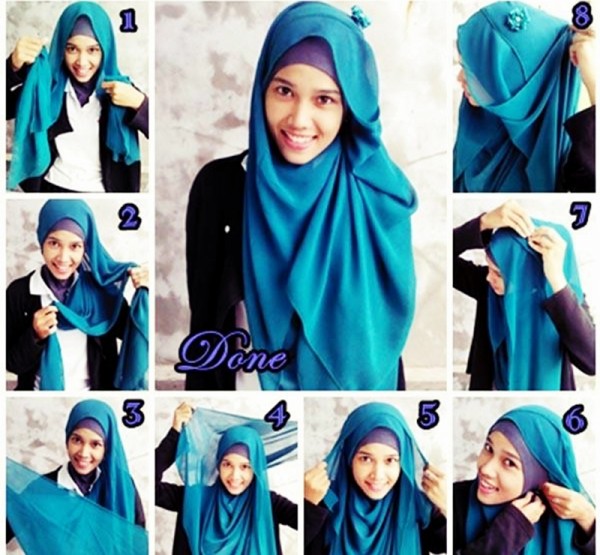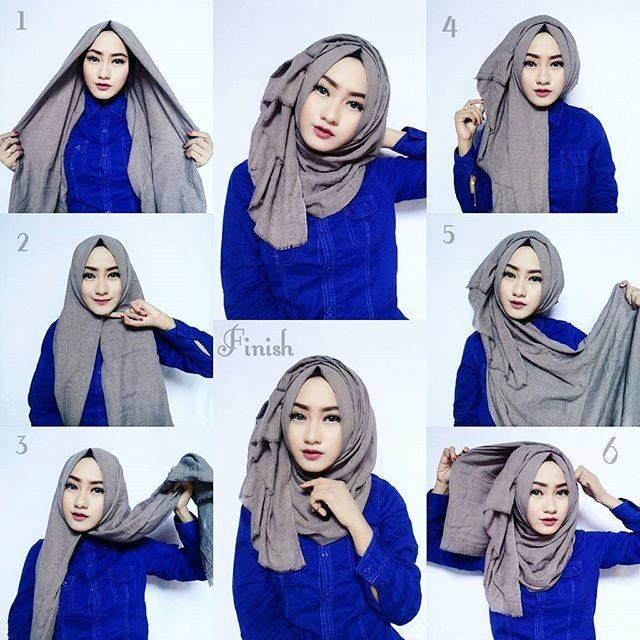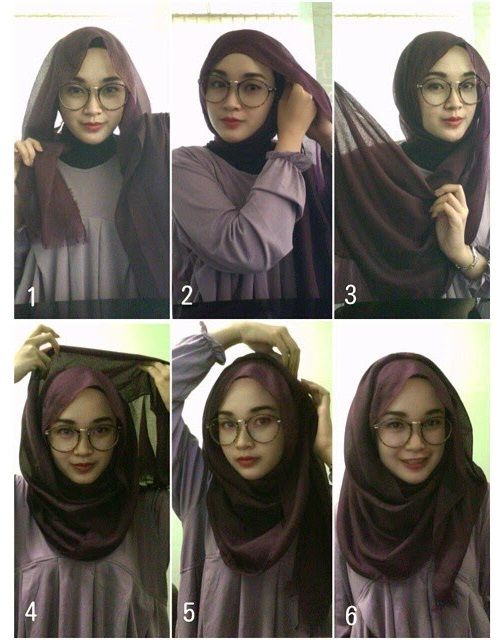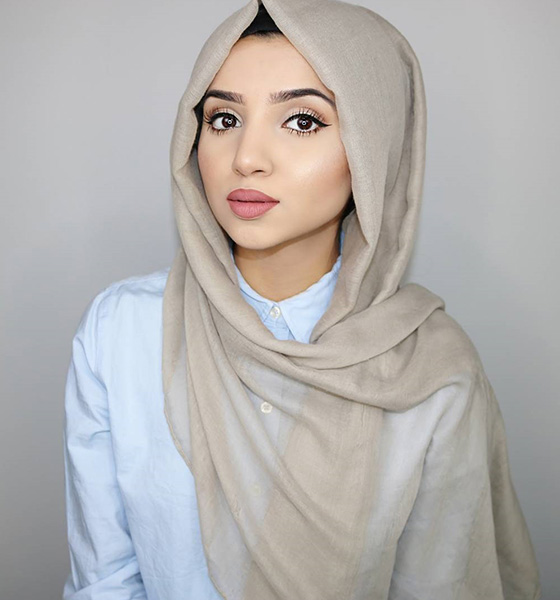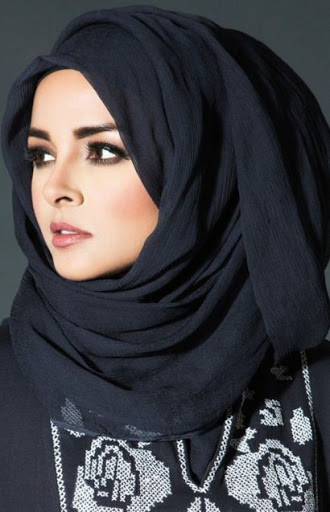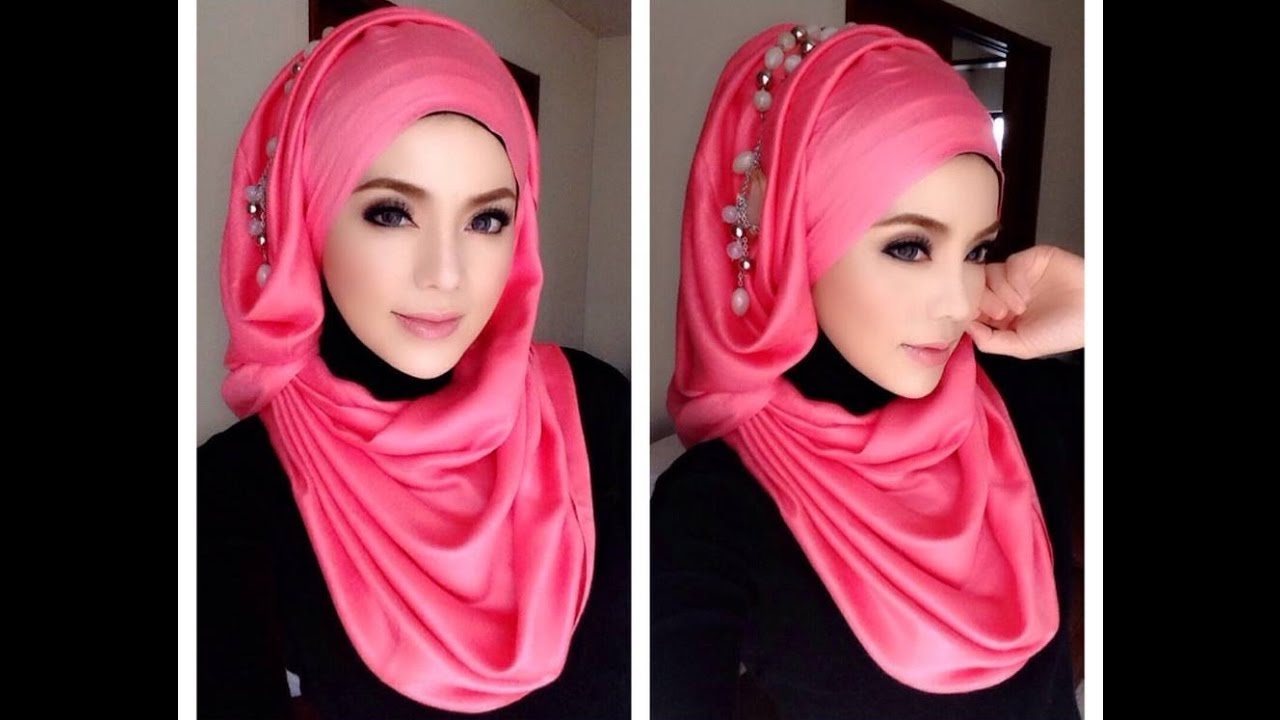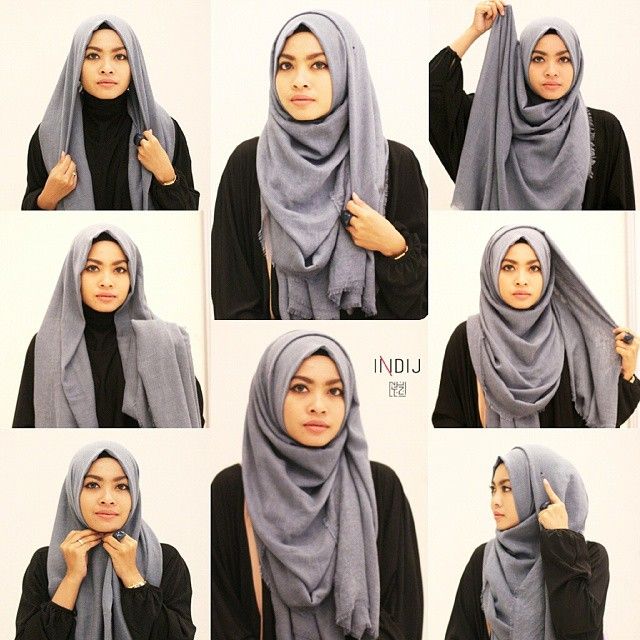The nature of women dressing is often influenced by religion. Countries also have restriction or guidelines on how a woman especially should appear in public. The underlining virtue is modesty. Aside from religion, modesty is a virtue that brings respect to whoever portrays one in her dressing habit. Society may evaluate your kind of moral inclination by this personal outlook in public.
The meaning of hijab
In the Islamic religion, the Arabic word hijab means a covering, a veil or a screen. It is a dress style recommended in the Quran for women to appear especially when in a public place.
The dress culture in Islam
In Islam, dressing for women is taught to be of modesty, have a cover or keep to privacy and as well portray good morality. This is religiously followed injunction by the faithful.
The dress culture is not only limited to the women alone but includes men dressing for modesty and moral uprightness.
The use of a hijab style is significant for women and as such, has a wide range of styles that are worn by every category of women including younger children and adults in some nations.
Styles of hijab for women
The designs of various styles bring out a beautiful outlook for the women in various countries. Make a pick of a hijab style from these:
Al-amira: this is a two-way veil covering for women. It’s made of polyester or cotton material and has a close-fitting cap to match.
Bukhnuk: this is a hijab that covers down to the bosom. If it is embroidered at the edge, it is called the Amira hijab.
Bushiyya: this is a veil that is tied at the forehead and covers the entire face. It is a fabric that has the see through for the eye area.
Eastern Arabia batula: this is typical of the Middle East nations. It is a design that is mask-like. There is the normal hijab covering and a tape-like a strip across the eye to finish. This is though, an obsolete design, it is still used by older women and in the rural areas.
 StyleSkier.com Style Skier
StyleSkier.com Style Skier
